There are pros and cons to making a custom wig from either human hair or synthetic hair. While it ultimately comes down to what is better for the individual project, here are some points to consider.
Human hair, as the name suggests, is hair that is cut from the head of a person, for the purposes of wig or hairpiece making. This practice of selling or donating one’s hair for wigs is a very old one. There have been many eras in history when wearing wigs or hairpieces was pretty standard practice, whether made from one’s own hair or someone else’s. These days the hair buying trade tends to be less localized – Jo March would probably have a harder time raising money for he family by popping into her neighborhood barber shop. Because it comes from real people, human hair tends to look and behave like, well, real hair. There are good and bad points to this, of course.
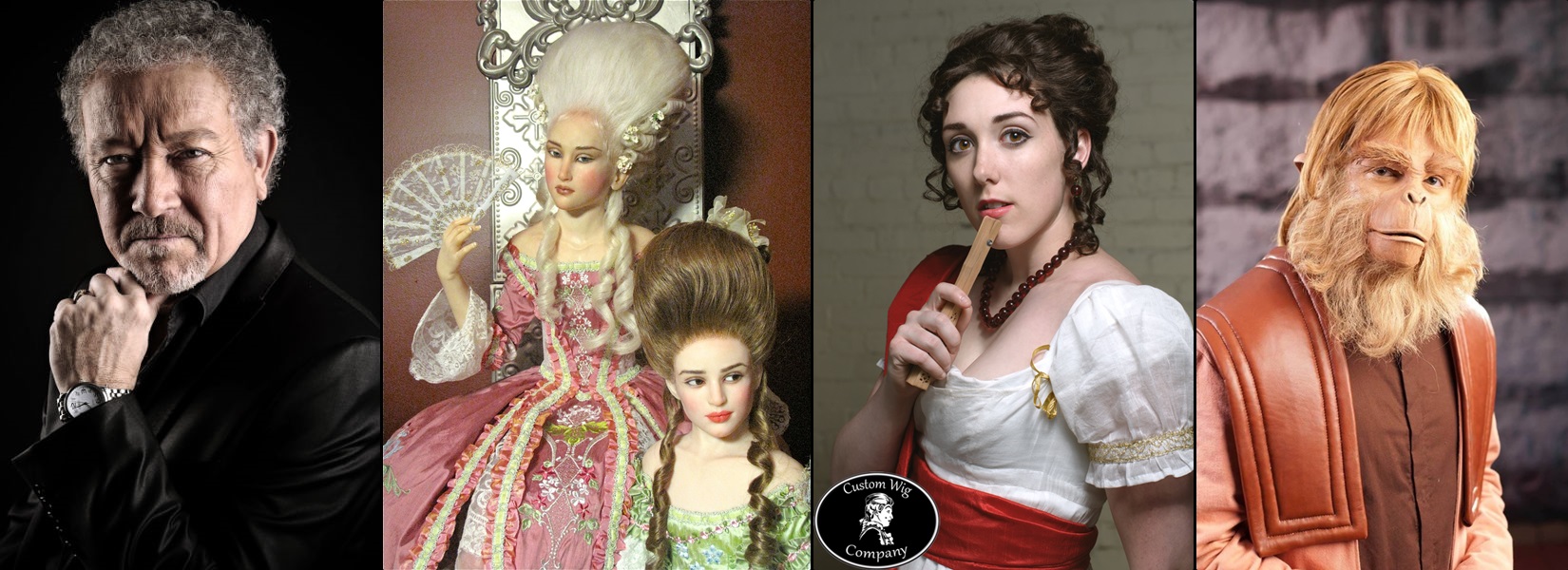
Some advantages of wigs made from human hair
- human hair typically looks very natural and realistic
- it can be purchased in a range of textures, making it suitable for a wide range of hair styles
- it’s much easier to select human hair in the correct color and texture that match your own hair when you want a wig that looks as much like your own hair as possible
- for the most part, it’s more resilient than synthetic hair. It can be more easily refreshed and restored, and is less likely to develop permanent snags, snarls and frizz
- it takes roller sets better, making it a better choice for styles from eras that depend on structured roller sets that comb out well – for example, 1920’s-1960’s styles.
-
Disadvantages to human hair wigs
- it’s typically more expensive than synthetic hair, especially for longer styles
- it swells when wet, making it more prone to breaking or unknotting if not handled properly
- it takes longer to dry
- it is far more susceptible to the whims of nature, so humidity and dampness can affect it adversely
- not all sellers of human hair obtain the hair they sell through ethical means
Human hair is great for:
- historical wigs
- wigs that need the hair to be extremely lifelike and realistic
- wigs which need to be restyled frequently in a wide range of styles
- wigs which will be worn with a large amount of hair hanging loose
- wigs in which the hair needs to behave like real hair
- modern, very realistic wigs that are based on contemporary actor or character’s hairstyles
- you can dye human hair wigs using standard hair dyes
For good or bad, human hair wigs are a blank slate once they’re washed and dried. Any styling you did before washing will disappear. Knowing this, you can see how a wig made from human hair would be useful for things like multi-era historical wigs or wigs that will be restyled often.
Synthetic Hair for Wigs
Synthetic hair is made by machines, using a plastic that is shaped into fine strands. There are various qualities and types of synthetic fibers. Some are quite lifelike and will withstand heat tools and styling. Others are more artificial. The range of choices on the market is much broader than it was even a few years ago, so both wig makers and wearer’s have more choices.
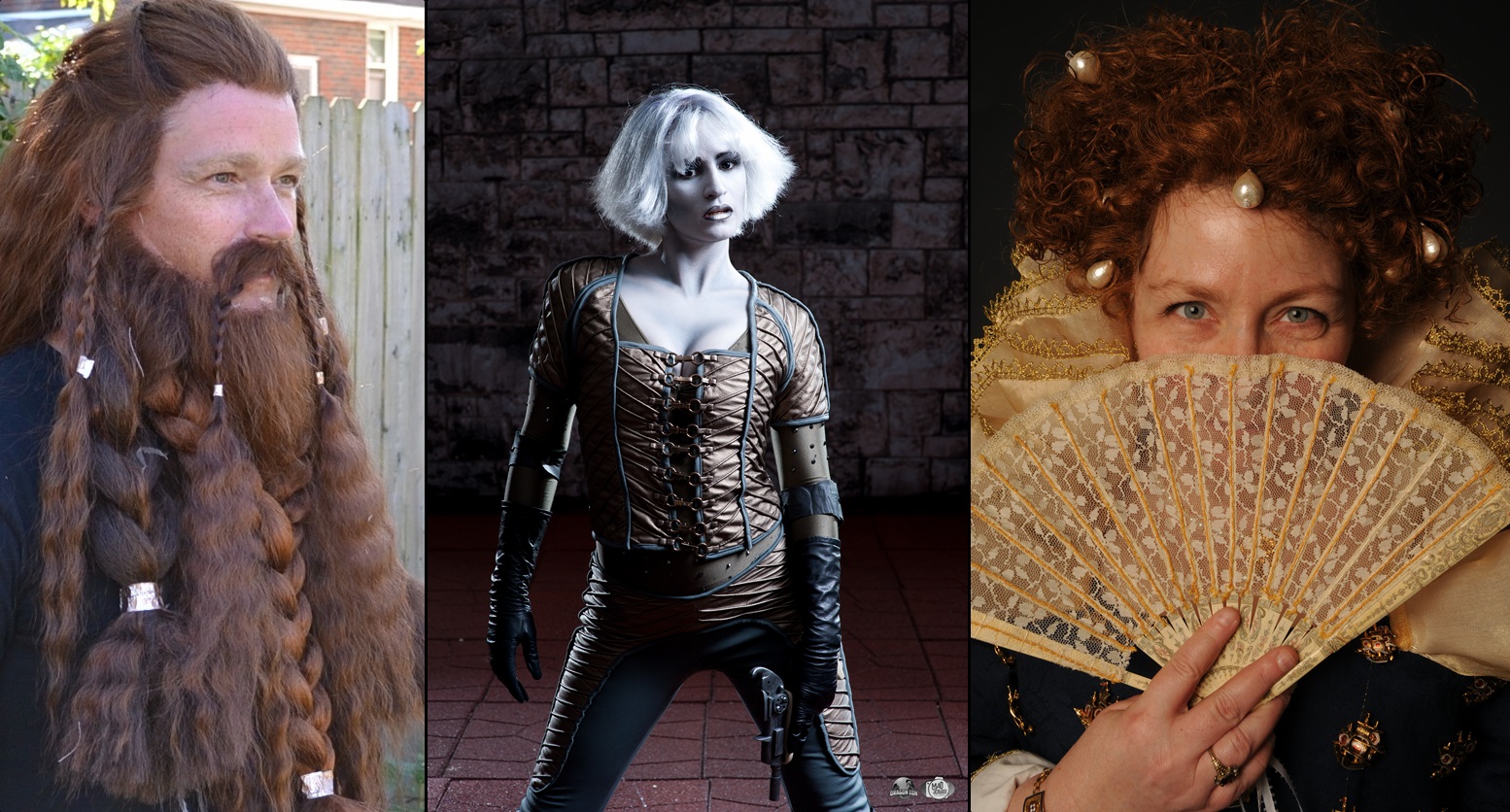
Advantages of synthetic hair
- it is typically less expensive than human hair
- it is available in a very wide range of colors, including many unnatural colors
- it can be purchased in much longer length than human hair
- if a wig or hairpiece had a style fused into it at the factory (and to a lesser extent in the after market), the style is virtually permanent
- it’s lower cost makes it ideal for projects where a great amount or length of hair is needed
- the less realistic appearance to the strands can be desirable for wigs that need to have a cartoonish or animated appearance
- fewer ethical concerns with procurement
Disadvantages of synthetic hair for wig making
- if the fiber is not specifically rated for heat tools, even slight contact with a hot surface will do great damage to the hair
- synthetic fibers can be resistant to being re-styled, particularly for styles that require rollers or that need to be very soft and light
- many synthetic fibers are prone to frizz and fuzzing, especially if the hair is curled – this fuzziness is almost impossible to repair
- longer synthetic wigs are likely to tangle and knot easily. Attempting to comb them out can often result in damage to the fibers
- even quality synthetic hair doesn’t usually look completely realistic, compared to human hair
- synthetic hair doesn’t behave like human hair, making it unsuitable for styles where a very natural ‘unstyled’ style is desired
- synthetic hair can be colored with alcohol based dyes, some union dyes or permanent markers but not with hair dye
Synthetic hair is great for:
- very long or very full wigs
- wigs that need to be an extremely bright or saturated non-natural color
- wigs that need a very distinct texture that is not lifelike
- wigs that will spend a great deal of time being worn in rain or high humidity
- large wigs that will be dressed in very stiff, structured styles
Those are just a few of the differences between human hair and synthetic hair. Not every point will hold true for every situation. And many of the drawbacks can be mitigated with proper care and handling.
When we work with a client, we determine how they’ll use their wig and what their expectations and needs are, so that we can suggest the best materials for their wig. In many cases, either fiber can be a good choice, and it will often come down to budget or maintenance concerns. Your project quote will include the best options for your particular wig.
Be sure to check out our FAQ and Why Invest in a Custom Wig for more great information.

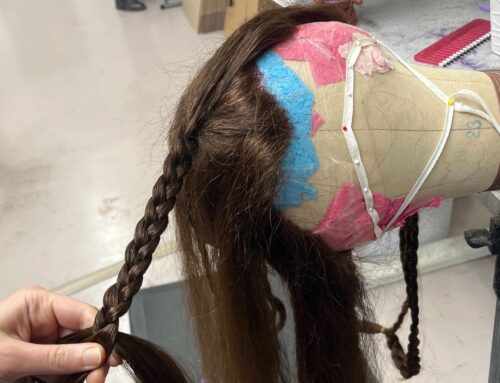
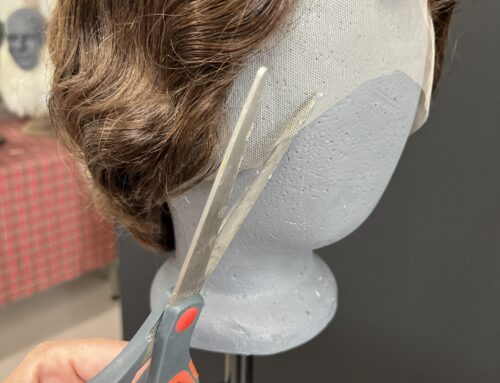
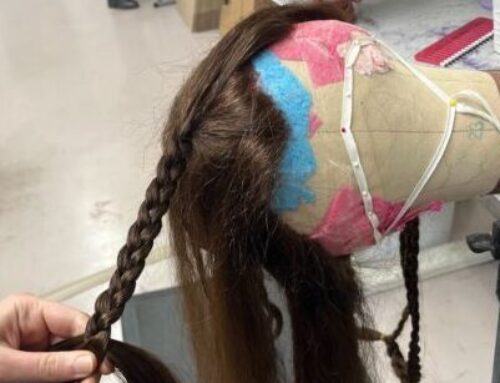
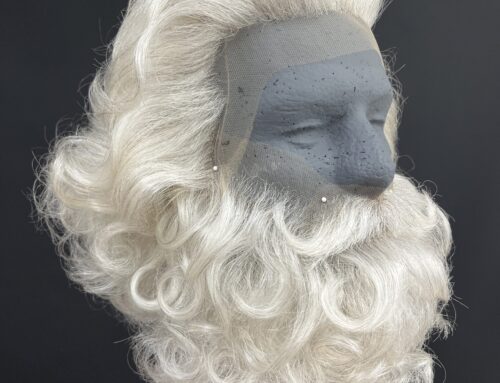
Leave A Comment